Description
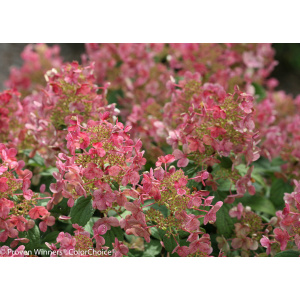 Features
Features
The first to bloom!
Quick Fire® hydrangea blooms about a month before any other panicle hydrangea – usually by 4th of July in our West Michigan trial gardens. Flowers open pure white then turn pink, and will be an extremely dark rosy-pink in the fall. The flower color on Quick Fire hydrangea is not affected by soil pH. Blooms on this super-hardy and easy to grow hydrangea are produced on new wood, which means that you will see flowers even after even the harshest winters. Beautiful for use as a cut (fresh or dried) flower. Unlike other panicle hydrangeas, Quick Fire also has excellent fall foliage color for a final hurrah before winter.
Top reasons to grow Quick Fire® hydrangea:
– the earliest blooming panicle hydrangea – gives you months and months of blooms.
– excellent fall color – blooms turn deep red, leaves turn gold and burgundy.
– lacecap variety attracts pollinators.
Characteristics
Plant Needs
A very hardy flowering shrub good for full sun locations – the hotter your climate, however, the more shade the plant will require. Perfect for a mixed container. Good for groupings and in mass plantings, shrub and perennial borders, as a specimen, a screen or a hedge.
Panicle hydrangeas like Quick Fire are very easy to care for. They can grow in most soils, provided they are well-drained.
Panicle hydrangeas bloom on new wood, which means they can be pruned in spring and will still bloom that season. We recommend cutting them back by about one-third their total height in early spring, just as the new growth is beginning to emerge on the stems. This will serve to remove the spent blooms and ensure that the season’s growth comes from the heavier, thicker buds further down the plant.
If blooms do not age to pink and red, this indicates that the plant is either in too much shade, that it experienced drought stress, or that night time temperatures were unusually high.
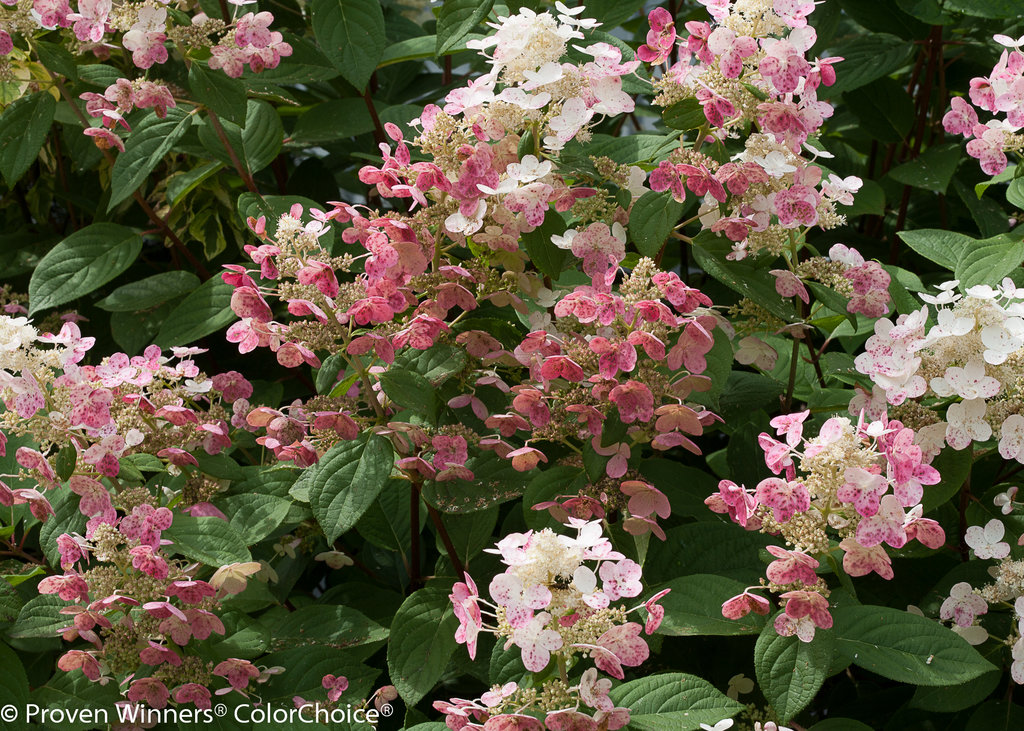
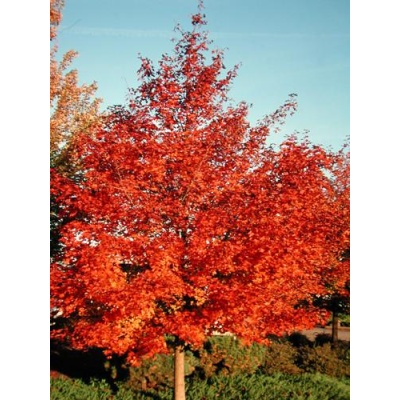
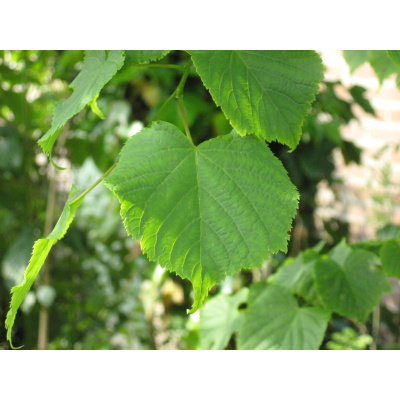
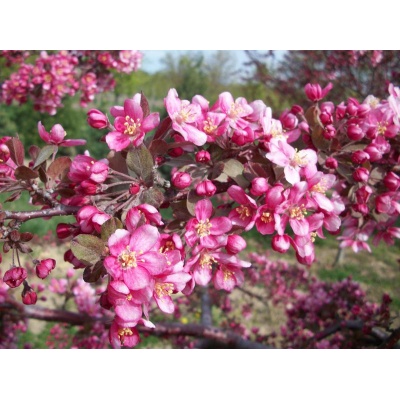
Reviews
There are no reviews yet.